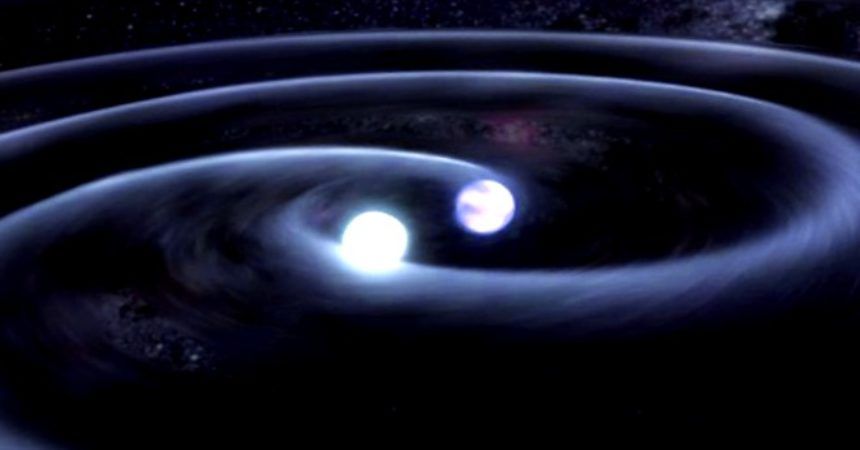
Although LISA isn’t expected to launch until 2034, scientists are excited about the observatory’s potential discoveries, including the aforementioned binary systems.
It won’t be another 15 years or so before the Laser Interferometer Space Antenna (LISA) observatory is launched into outer space, but astronomers are already excited about the potential discoveries its launch could yield. A new study, in fact, suggests that LISA might be able to detect “dozens” of binaries, or pairs of gravitationally bound, orbiting compact objects, in Milky Way’s globular clusters.
A news release published in EurekAlert described the study published Friday by a team of Northwestern University researchers, which suggests that our galaxy might be teeming with binaries, and that LISA would be able to spot these pairings of objects. The binaries might include a variety of pairings, including combinations that include black holes, neutron stars, and white dwarf stars alongside more conventional counterparts. Interestingly, the researchers also predicted that LISA could find binaries that have their own peculiarities that set them apart from those that formed in isolation.
As further noted in the EurekAlert news release, the Northwestern study, which was published in the journal Physical Review Letters, is the first of its kind to predict LISA binary sources with globular cluster models. LISA is expected to launch in 2034, with capabilities that allow it to detect lower frequency gravitational waves than those spotted by the Laser Interferometer Gravitational-Wave Observatory (LIGO), an Earth-bound observatory best known for being the first to detect gravitational waves from distant black hole collisions.

